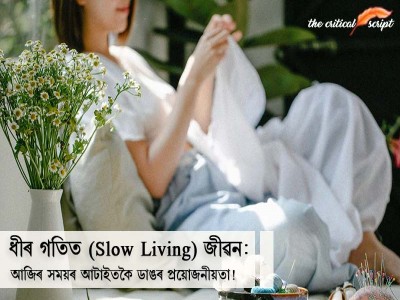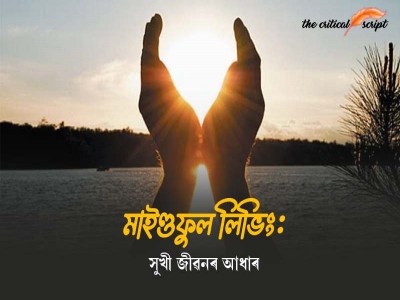
All about the spring festival of Ali-Aye-Ligang
Human civilisation for centuries has thrived on agriculture. Perhaps, this is the reason why many festivals and rituals are associated with harvesting seasons in different communities across the globe. In India, the celebration of Magh Bihu, Lohri, Makar Sankranti, Pongal coincide during mid of January annually to mark the end of harvesting season/or a good harvest. Apart from these festivals, did you know there is another festival related to harvesting, that originates in the Northeastern part of India? For the Mising community in Assam and Arunachal Pradesh, the spring festival of Ali Aye Ligang is an integral occasion that falls on the second week of February. The Mising community is the second-largest tribe in Assam, and a segment of the community also inhibits the land of Arunachal Pradesh.
A local saying implies that a whole year’s hard work relies on a good beginning in the spring season. Commonly known as Miris, the Mising community have always been closely associated with agricultural practises. This makes the Ali-Aye-Ligang festival all the more important in the community. The phrase ‘Ali Aye Ligang’ is derived from three words; ‘Ali’ denotes the root & seed, ‘Aye’ denotes the fruit and ‘Ligang’ denotes the beginning of sowing. As the phrase implies, the festival begins with the ceremonial sowing of paddy, and the celebration lasts for five days.
The five-day festival of Ali Aye Ligang is celebrated in the community house of the villages, called ‘Musup’ or ‘Murung Okum’. Traditionally, the head man of each family or the village head marks the beginning of the festival by sowing seeds in the eastern part of their respective fields, after cleaning a small patch of land with YOKPA and decorating with PEERO and SIPAG ONNO, along with APONG, PURANG, TAKE and SI-PAG. During the ceremonial sowing of seeds, they offer prayers to their forefathers, SEDI MELO, KARSING-KARTAG, DO: NYI-PO: LO, etc. to bear witness to the sowing of seeds and bless them with good harvest for the season.
After the sowing ritual, the celebration commences with the traditional dance, Gumraag Soman, performed by the youths in the community. The dance pays tribute to mother earth for her bounty. Meanwhile, the ladies serve “Poro” & “Nyogin” Apong (Local wine) to all who have gathered for the feast. From the second day of the festival, the youths of the village visit every house and perform Gumrang Soman, while offering prayers for a prosperous year.
The final day of the spring festival is celebrated with much splendour, as the whole community gathers for a lavish feast. Several local cuisines are prepared on the occasion, including a special cuisine called “Purang Apin” or ‘tupula bhat’ (wrapped boiled rice in special leaves), which is specially prepared during this festival.
With changing times, many people of the Mising community now live in towns and cities, where it becomes increasingly rare to witness the full splendour of traditional festivals, such as the spring festival of Ali Aye Ligang. Despite this, people of the Mising community continues to preserve their traditions and celebrates the festival in high spirit at local community halls, fields and auditoriums. Just like the Bihu dance is an important identity of the Assamese culture, the Gumrang Soman dance is an integral part of the Mising community and Assamese culture. In towns, professional gumrang dancers are invited to perform during the festivities.
One of the perks of living in a multi-cultural society today is that we don’t just get to learn about these unique festivals from books and travelling. Rather, you get to be a part of these festivals, as the friendly Mising people invite you in to be a part of their grand celebration. On that note, if you’re in Assam or Arunachal Pradesh in the month of February this year, make sure to explore the nearest Ali Aye Ligang celebration taking place in your vicinity.
Disclaimer: The opinions expressed in this article are those of the author's. They do not purport to reflect the opinions or views of The Critical Script or its editor.

Newsletter!!!
Subscribe to our weekly Newsletter and stay tuned.

















Related Comments